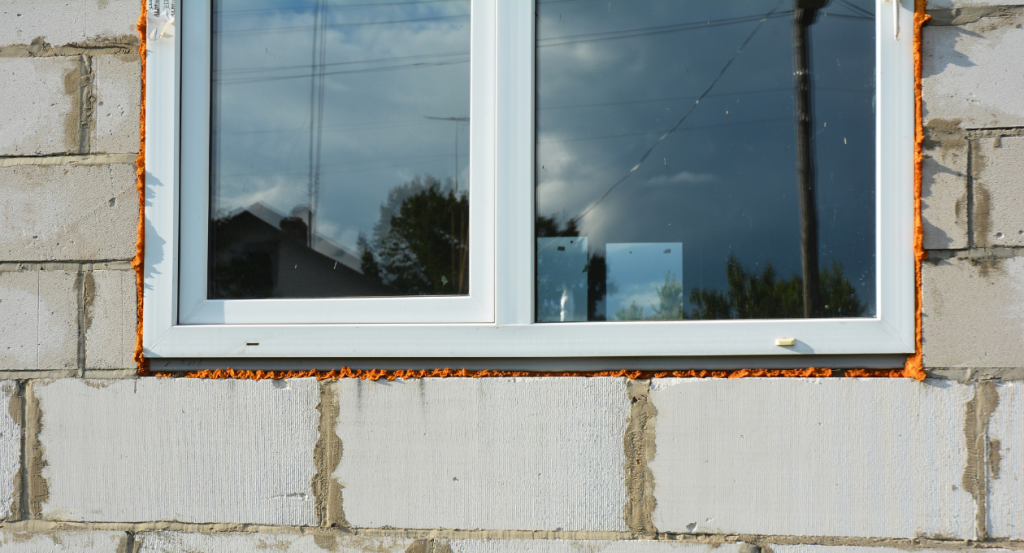As the winter season approaches, many of us are starting to feel the chill in the air. With colder temperatures comes an increase in energy usage and higher utility bills. One area often overlooked when it comes to keeping our homes warm during the winter months is our windows.
Poorly insulated windows can account for up to 30% of heat loss in a home, leading to discomfort and a significant dent in your wallet. However, with some effort and simple tips, you can save money on your energy bills and keep your home cozy by properly insulating your windows for winter using Insulation Takeoff Services.
I will discuss various methods and products that you can use to effectively insulate your windows and make sure they are ready for the cold weather ahead.

Step-by-Step Guide on How to Insulate Windows for Winter
Insulating windows for winter is a cost-effective way to reduce energy bills and increase comfort in your home. Here’s how you can tackle this project:
Assess Your Windows:
To start the process, thoroughly examine your windows to pinpoint any signs of air leakage or drafts. Focus on inspecting the window frame and the precise juncture where the glass meets the frame. This meticulous examination will help you identify and address areas contributing to heat loss or cold drafts in your living space.
Choose Your Insulation Method:
Various effective methods are available to insulate windows and improve energy efficiency in your home. These methods include using weatherstripping to seal gaps, applying window insulation film to add an extra layer of protection, installing thermal curtains to prevent heat loss, or using removable magnetic or foam insulation panels for added insulation during colder months.
Measure Your Windows:
To ensure an efficient process and successful outcome, measuring the dimensions of your windows accurately is crucial. By conducting a precise insulation takeoff specific to your windows, you can determine the required materials for the project. This meticulous approach helps avoid unnecessary waste and contributes to cost savings, making your home improvement project more economical and environmentally friendly in the long run.
Apply Weatherstripping:
Weatherstripping is a handy solution to prevent air leaks around window frames. It’s a simple yet effective method that involves choosing a suitable type, like adhesive-backed foam, felt, or rubber strips tailored to your windows. Following the specific instructions provided with the product, apply the weatherstripping meticulously to ensure a tight seal and efficient insulation.
Install Window Insulation Film:
Window insulation kits are handy for keeping your home warm and cozy during chilly weather. These kits typically contain a transparent plastic film that can be easily applied over the window pane. Once the film is securely attached to the window frame using the provided double-sided tape, you can use a standard hair dryer to apply heat. The heat from the hair dryer helps shrink the film, eliminating any wrinkles and creating an effective insulating air pocket that helps conserve energy and maintainmfortable indoor temperature.
Use Thermal Curtains:
Hanging thermal curtains over your windows can significantly enhance insulation in your home. These specialized curtains are crafted from heavy fabrics designed to trap heat and block out cold drafts effectively. Additionally, some thermal curtains feature a reflective liner that further boosts their insulating properties by reflecting heat into the room, creating a cozy and energy-efficient environment.
Consider Removable Insulation Panels:
For a more comprehensive solution to enhance insulation in your home, consider creating or purchasing removable insulation panels. These panels can be crafted from insulating foam boards or magnetic insulation materials. By customizing the panels to fit each window perfectly, you can ensure a snug fit that effectively blocks out cold air and improves the overall thermal efficiency of your living space.
Seal Gaps with Caulk:
To effectively seal small gaps in the window frame and prevent cold air infiltration, consider using a high-quality silicone-based caulk specifically designed for exterior windows. This type of caulk offers superior durability and weather resistance, ensuring long-lasting protection against harsh outdoor elements such as rain, wind, and temperature fluctuations.
Review and Adjust:
Review each window after installing your chosen insulation methods to ensure no gaps or areas where cold air could penetrate. Adjusting or adding more insulation to certain areas for optimal performance might be necessary.
By carefully implementing these steps and obtaining an accurate insulation takeoff for your project, you can significantly improve the thermal efficiency of your windows, keeping your home warmer and more comfortable throughout the winter months.
To read more articles visit WorldKnowledge
Conclusion
Insulating your windows for winter is crucial in keeping your home warm and energy-efficient during the colder months. Various insulation methods and materials depend on your budget and preferences. Whether you opt for weatherstripping, caulk, window film, or even thermal curtains, it is important to remember that proper insulation can save you money on energy bills in the long run. So why wait? Now is the perfect time to prepare your windows for winter and ensure a cozy and warm living space. Regularly check for gaps or cracks that may compromise your insulation and adjust as needed.